 To enhance service speed and avoid tariff delays, we've opened a US warehouse. All US orders ship directly from our US facility.
To enhance service speed and avoid tariff delays, we've opened a US warehouse. All US orders ship directly from our US facility.
| Cat. No. | Product Name | Field of Application | Chemical Structure |
|---|---|---|---|
| A514 | Romosozumab Biosimilar(Anti-SOST / Sclerostin Reference Antibody) Featured |
Romosozumab is a humanized monoclonal anti-sclerostin antibody, it promotes bone formation and inhibits bone resorption by inhibiting sclerostin. Romosozumab can be used for the research of osteoporosis.
More description
|
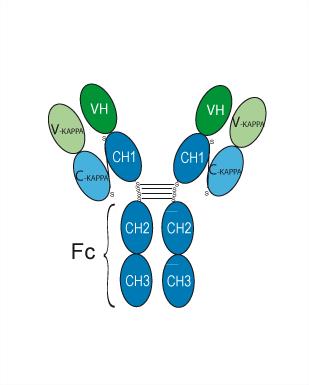
|
| A513 | Setrusumab Biosimilar(Anti-SOST / Sclerostin Reference Antibody) Featured |
Setrusumab (BPS 804) is a fully human monoclonal antibody targets sclerostin. Setrusumab efftively improves bone strength. Setrusumab can be used for the resesrch of Osteogenesis Imperfecta (OI) and cancer.
More description
|
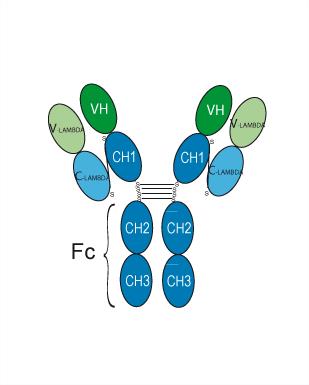
|
| A512 | Blosozumab Biosimilar(Anti-SOST / Sclerostin Reference Antibody) Featured |
Blosozumab (LY2541546) is an anti-Human sclerostin (SOST) antibody inhibitor. Blosozumab stimulates bone formation and reduces bone resorption. Blosozumab can be used in the research of Osteoporosis.
More description
|
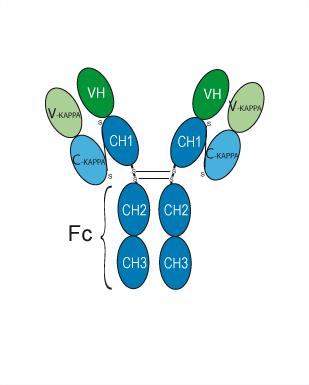
|
| A511 | Latozinemab Biosimilar(Anti-Sortilin / SORT1 Reference Antibody) Featured |
Latozinemab (AL001) is a recombinant human anti-Sortilin monoclonal antibody. Latozinemab effectively binds Sortilin with a high affinity and blocks the interaction between progranulin protein (PGRN) and Sortilin receptor. Latozinemab has the potential for progranulin gene (GRN) mutations causative of Frontotemporal dementia (FTD) (FTD-GRN) research.
More description
|
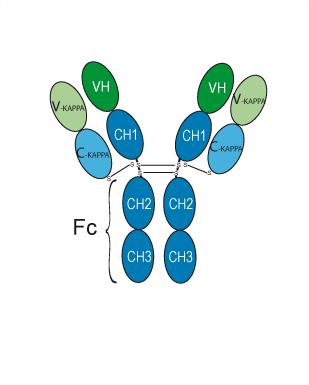
|
| A510 | Sirtratumab Biosimilar(Anti-SLITRK6 Reference Antibody) Featured |
Sirtratumab is a human Igγ2 monoclonal antibody against SLIT and NTRK-like family 6 (Slitrk6). Sirtratumab can be used in research of cancer.
More description
|
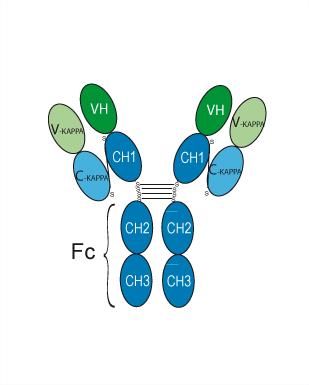
|
| A509 | Agilvax Patent Anti-Slc7A11 Biosimilar(Anti-SLC7A11 Reference Antibody) Featured |

|
|
| A508 | ASG-5ME Biosimilar(Anti-SLC44A4 Reference Antibody) Featured |

|
|
| A507 | Amgen patent anti-Ferroportin Biosimilar(Anti-SLC40A1 Reference Antibody) Featured |

|
|
| DC24079 | DG-172 dihydrochloride Featured |
DG-172 is a cutting-edge compound designed as a selective ligand for PPARβ/δ, exhibiting remarkable binding affinity with an IC50 value of 27 nM. It demonstrates robust inverse agonistic activity, positioning it as a promising candidate for research targeting PPARβ/δ signaling pathways.
More description
|
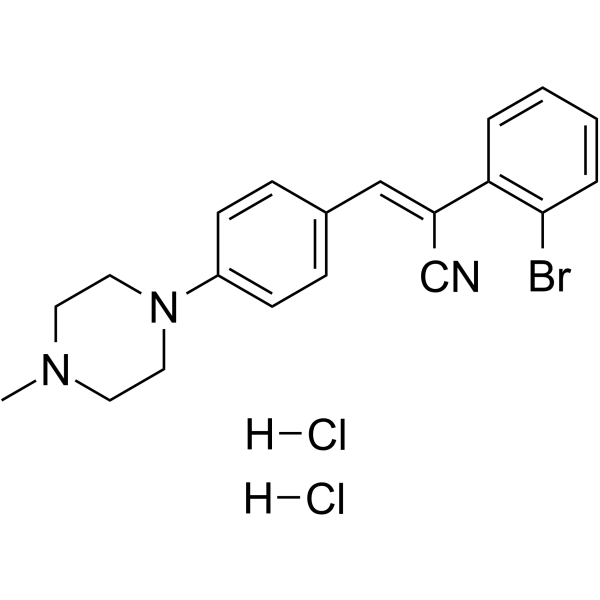
|
| DC40320 | H-D-Phe-Pip-Arg-pNA hydrochloride(thrombinSubstrate, S-2238) Featured |
H-D-Phe-Pip-Arg-pNA (S-2238) hydrochloride, a chromogenic substrate, is patterned after the N-terminal portion of the A alpha chain of fibrinogen, which is the natural substrate of thrombin. H-D-Phe-Pip-Arg-pNA hydrochloride is specific for thrombin and is used to measure antithrombin-heparin cofactor (AT-III). The AT-III assay using H-D-Phe-Pip-Arg-pNA hydrochloride is sensitive, accurate, and easy to perform.
More description
|

|
| DC73498 | Ogremorphin Featured |
Ogremorphin (OGM, OGM8345) represents a pioneering small-molecule inhibitor that selectively targets GPR68, demonstrating high specificity with an IC50 value of 0.71 µM. As a first-in-class compound, it offers unique therapeutic potential by precisely modulating GPR68 activity.
More description
|

|
| DC11251 | Casein Kinase inhibitor A86 Featured |
CKIα inhibitor A86 is a groundbreaking pan-specific inhibitor targeting Casein Kinase I (CSNK1), with a remarkable binding affinity (Kd=1-10 nM) and a specific Kd of 9.8 nM for CKIα. Beyond its primary activity, this compound also demonstrates dual inhibitory effects on the transcriptional kinases CDK7 and CDK9. Notably, it exhibits minimal to no inhibition against CDK8, CDK13, CDK11a, CDK11b, and CDK19, highlighting its selective pharmacological profile.
More description
|

|
| DC9807 | Z-D-Arg-Gly-Arg-pNA (hydrochloride)(S-2765,chromogenic substrate) Featured |
Z-D-Arg-Gly-Arg-pNA is a colorimetric substrate for Factor Xa.Factor Xa preferentially binds to and cleaves the Arg-Gly-Arg (RGR) peptide sequence to release p-nitroanilide (pNA), which can be quantified by colorimetric detection at 405 nm as a measure of Factor Xa activity.
More description
|

|
| DC72431 | For-Met-Leu-pNA(N-formylated peptide substrate) Featured |
For-Met-Leu-pNA is an N-formylated peptide substrate specifically designed for use in deformylase activity assays, providing a reliable tool for studying enzyme function.
More description
|

|
| DC72410 | Ac-Phe-Gly-pNA(chymotrypsin substrate) Featured |
Ac-Phe-Gly-pNA is a synthetic peptide substrate specifically tailored for detecting chymotrypsin activity, offering high specificity for this enzyme.
More description
|

|
| DC71896 | Z-Gly-Pro-pNA(prolyl endopeptidase substrate) Featured |
Z-Gly-Pro-pNA is a synthetic peptide substrate specifically designed for assessing the inhibitory activity of prolyl endopeptidase (PEP), making it a useful tool in enzymatic studies.
More description
|

|
| DC41802 | RETF-4NA TFA(chymase substrate) Featured |
RETF-4NA TFA, a highly sensitive and selective substrate for chymase, effectively measures chymase activity both in its free form and when complexed with α2-macroglobulin (α2M). Its specificity makes it a valuable tool for studying chymase-related biochemical processes.
More description
|

|
| DC67293 | D-Val-Gly-Arg-pNA Featured |
D-Val-Gly-Arg-p-nitroaniline (D-VGR-pNA) is a synthetic chromogenic peptide substrate specifically designed for assessing the enzymatic activity of tissue plasminogen activator (tPA), including its isoforms tPA I and tPA II. Upon cleavage by tPA, the release of p-nitroaniline (pNA) generates a measurable colorimetric signal, enabling precise quantification of amidolytic activity. This substrate is widely utilized in biochemical assays to study tPA’s role in fibrinolysis and to evaluate its enzymatic kinetics in both research and diagnostic applications.
More description
|

|
| DC20235 | Ac-WEHD-pNA(substrate for caspase-1 and caspase-4) Featured |
Ac-WEAD-pNA is a colorimetric substrate for caspase-1 and caspase-4.
More description
|

|
| DC11458 | Ac-DEVD-pNA(Caspase-3 Substrate) Featured |
Ac-DEVD-pNA is a colorimetric substrate for caspase-3 (CPP32) and related cysteine proteases.
More description
|

|
| DC11350 | AC-IETD-PNA (Caspase-8 Chromogenic Substrate) Featured |
Ac-IETD-pNA is a substrate for caspase-8.Caspase-8 preferentially binds to and cleaves the Ile-Glu-Thr-Asp (IETD) peptide sequence to release p-nitroalinide, which can be quantified by colorimetric detection at 405 nm as a measure of enzyme activity.
More description
|

|
| DC24063 | Cediranib maleate Featured |
Cediranib maleate (AZD-2171 maleate) is a highly effective, orally administered inhibitor targeting VEGFR with remarkable potency. It demonstrates IC50 values of less than 1 nM for Flt1, below 3 nM for KDR, 5 nM for both Flt4 and PDGFRα, 36 nM for PDGFRβ, and 2 nM for c-Kit, showcasing its broad inhibitory activity across multiple kinase targets.
More description
|

|
| DC70174 | ADAM17 inhibitor SN-4 Featured |
ADAM17 inhibitor SN-4 is a newly identified, highly specific inhibitor of ADAM17 (A disintegrin and metalloproteinase 17), demonstrating potent activity in blocking TNF-α cleavage in cellular assays with an IC50 value of 3.22 µM. This compound exhibits slightly greater efficacy compared to marimastat, a well-established ADAM17 inhibitor. In vitro studies reveal that SN-4 effectively suppresses ADAM17-mediated cleavage of tumor necrosis factor α (TNF-α) and CD44, while showing no significant impact on ADAM10 activity. Additionally, SN-4 has been shown to inhibit cellular invasion, highlighting its potential as a targeted therapeutic agent for modulating ADAM17-related pathways.
More description
|

|
| DC21359 | BHC Featured |
BHC, a small-molecule inhibitor of skeletal muscle myosin, effectively suppresses muscle activity by targeting myosin function without altering membrane currents. This compound emerges from a screening process aimed at identifying molecules capable of modulating muscle movement through myosin inhibition. By specifically inhibiting myosin, BHC provides a unique mechanism for controlling muscle contractions while maintaining the integrity of cellular electrical properties.
More description
|

|
| DC28266 | Furamidine Featured |
Furamidine (DB75) is abisbenzamidine derivative and an antiparasite agent. Furamidine is a potent, reversible and competitive tyrosyl-DNA phosphodiesterase 1 (TDP-1) inhibitor. Inhibition of TDP-1 by Furamidine is effective both with single- and double-stranded DNA substrates but is slightly stronger with the duplex DNA. Furamidine is also a selective and cell-permeable protein arginine methyltransferase 1 (PRMT1) inhibitor with an IC50 of 9.4 μM. Furamidine is selective for PRMT1 over PRMT5, PRMT6, and PRMT4 (CARM1) (IC50s of 166 µM, 283 µM, and >400 µM, respectively).
More description
|

|
| DC70747 | RTI-7470-44 Featured |
RTI-7470-44 is a highly potent and selective antagonist of the human trace amine-associated receptor 1 (hTAAR1), demonstrating an IC50 of 8.4 nM in an in vitro cAMP functional assay. In radioligand binding studies, it exhibits a Ki value of 0.3 nM, highlighting its strong affinity for hTAAR1. Notably, RTI-7470-44 shows significant species selectivity, with over 90-fold preference for hTAAR1 compared to its rat and mouse counterparts. This compound also possesses favorable pharmacokinetic properties, including good blood-brain barrier penetration, moderate metabolic stability, and a promising off-target safety profile. In electrophysiological studies, RTI-7470-44 enhanced the spontaneous firing rate of dopaminergic neurons in the mouse ventral tegmental area (VTA) and effectively counteracted the effects of the TAAR1 agonist RO5166017.
More description
|

|
| DC67317 | S-2222 N-benzoyl-ile-glu-gly-arg P-nitroanilide acetate Featured |

|
|
| DC67316 | S-2238 H-D-Phe-Pip-Arg-pNA acetate Featured |
.png)
|
|
| DC65646 | Opiorphin trifluoroacetate salt Featured |
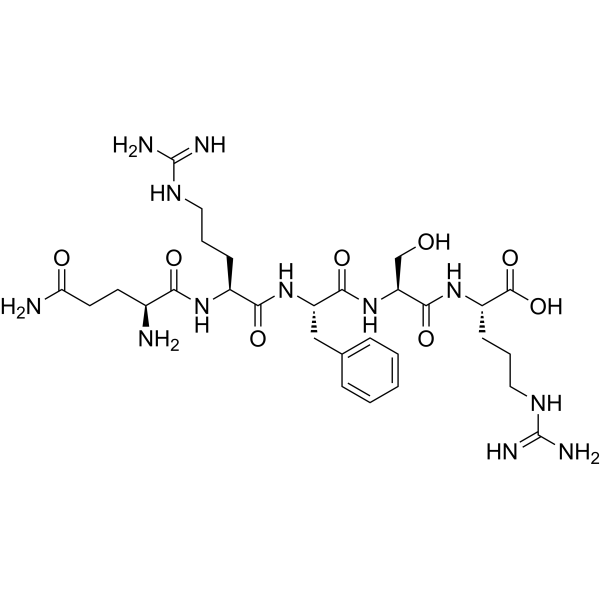
|
|
| DC53045 | STM2457 Featured |
STM2457 is currently available in stock and ready for immediate shipment. It is a highly effective inhibitor targeting the catalytic activity of METTL3/METTL14, with an IC50 value of 16.9 nM and a Kd value of 1.4 nM. This compound exhibits exceptional specificity for METTL3 and demonstrates notable anti-leukaemic properties.
More description
|
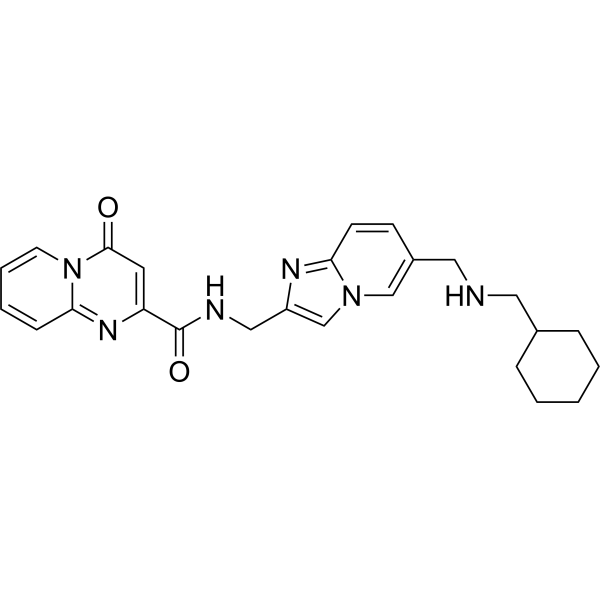
|